I won’t hide it—I adored Lepa Brena as a child. Born in the early ’80s, for me, there was no other singer besides her. Later, maybe Madonna came along, but Brena remained my first love, the untouchable queen, a perfectly groomed lady, a goddess, the star you chase for an autograph. Even today, when the topic of who the biggest star in our region is, most people eventually pick Lepa Brena. I don’t know how it’s possible, but whether you were born back when you could recall the moment of an ecstatic crowd welcoming her helicopter landing in Bulgaria or if you pushed your way to get the best spot at one of her concerts in Belgrade’s Arena, people agree on at least one thing—Lepa Brena is a legend, without a doubt. And it truly is so—it’s hard to find a public figure in the region with a similar career, one who has managed to maintain the same level of popularity across all eras, becoming a category all her own. Lepa Brena is an icon, more than just a pop-folk singer. She represents a symbol of a time and place, embodying the pop-cultural identity of Yugoslavia and leaving an indelible mark on the musical, media, and social scene of the Balkans.
In her rich career and life, some truly exciting things happened, like scenarios straight out of Hollywood films—big hits, dramatic stories, and unprecedented successes, including the abduction of her child. Her influence on society never waned; on the contrary, as years passed, it only grew. Beyond her discography, she managed to build an empire around her name and image, expanding her ventures—producing dolls in her likeness, creating films, music production for launching new talents, importing cars, perfumes, and even hosiery. Amid this wide array of activities beyond her core business, what was indeed missing for Lepa Brena was a theater production. And that, too, has now happened. Just before New Year 2019, the premiere of The Lepa Brena Project took place at the Bitef Theater, a musical-dance spectacle conceptualized and directed by Olga Dimitrijević and Vladimir Aleksić.
“As far as I remember, it all started quite spontaneously. We were talking at some party and realized we would love to create this, and we immediately had a rough idea of the conceptual framework for the show. I wasn’t thinking about the 100th performance back then. Honestly, our main focus was on finishing the show and getting it on stage, however long it lasted,” recalls Olga Dimitrijević, not realizing that all brilliant things begin spontaneously, and that this very show, which almost always sells out, would reach its 100th performance this year.
“The Lepa Brena Project” is built on the foundation of the career and persona of this timeless singer, centered on themes of Yugoslav society, popular culture, and the phenomenon of Lepa Brena as a symbol of a time
In this play, she isn’t just a pop star; she is a symbol of social change in the region, with her hits serving as a means to depict the emotional and cultural bond between audiences and the era in which she rose to fame.
The project was designed as a multimedia spectacle featuring elements of music, dance, and dramatic scenes, which reinterpret the significance of Lepa Brena and her music in a broader social context. The show comprises texts like “Brena the Builder” by Vedrana Klepica, “Brena the Businesswoman” by Maja Pelević, “Brena the Songs” by Olga Dimitrijević, “Brena the Yugoslav” by Tanja Šljivar, and “Brena the Sexuality” by Slobodan Obradović. Each piece addresses different aspects of Brena’s persona, as suggested by the titles, intertwining like a mosaic to create a Lepa Brena with many faces—which, in fact, she is: a woman with countless facets. Vladimir Aleksić, co-author of the concept and director of the play, begins his account of the play’s creation by admitting that the team wasn’t particularly interested in her biography. “We were fascinated by the phenomenon of a career that surpassed the boundaries of Yugoslavia. Lepa Brena is more than a popular singer; she’s a phenomenon. Her music still conveys a sense of unity across these lands.”

As playwright Dimitrije Kokanov notes in the play’s programme, five playwrights wrote about the phenomenon of Lepa Brena, each representing her as a symbol of Yugoslavia. She is, at once, a significant gay and drag queen icon, yet each author conveys their own interpretation of her, transforming her into a symbol of the old country, our coming of age, and our discovery of sexuality. Olga Dimitrijević goes on to share her personal view of Brena as a phenomenon within local camp culture:
“I think we tried to embed those meanings in the show; Brena is not just a showbiz symbol. She is at once a favorite singer and a pop culture figure who reflects the contradictions of our late Yugoslav and post-Yugoslav history. Listening to Brena brings different emotional sensations precisely because of the complexity of her phenomenon and the wide array of meanings that popular culture can generate.”
Theorists have long observed how Yugoslav popular music continues to convey a shared experience across former Yugoslav territory, standing in stark contrast to the ethno-nationalist stratifications of cultural fields within individual states. This is why it’s no surprise that the show often plays for audiences in the diaspora, as Vladimir Aleksić confirms by noting that our audiences abroad tend to be more Yugonostalgic, making it easy for the play to break through the fourth wall with them.
For many, Lepa Brena is a symbol of the old country, our coming of age, and our discovery of sexuality. The goal of this project was to mobilize various theatrical languages—acting, dance, and music theater—creating a unique theatrical event where all the performers strive to bare their emotions in order to reconnect with our collective past.
According to statistics, this show has already been seen by over 70,000 people, which makes it logical when Vladimir Aleksić explains its success: “I believe it’s the topic we tackled—using the greatest showbiz icon of Yugoslavia to tell the story of the last 40 years of this region, and that’s how long Brena’s career has been. The show is as much about her as it is about us, about our dreams, disappointments, hope, pain, and pride.”

Over the years, the play has consistently been performed with an idyllic and perfectly synchronized cast, featuring Jasna Đuričić, Aleksandra Janković, Jelena Ilić, Jovana Gavrilović, Anđela Jovanović, Jovana Belović, Vladimir Aleksić, and Ivan Marković, turning each performance into the biggest party in the Balkans. This theatrical sensation isn’t just a whimsical experiment by a talented group of artists; it’s also a monumental testament to the search for a lost time that each of us remembers in our own way. And therein lies the greatness of the life and work of Fahreta Jahić—Lepa Brena.










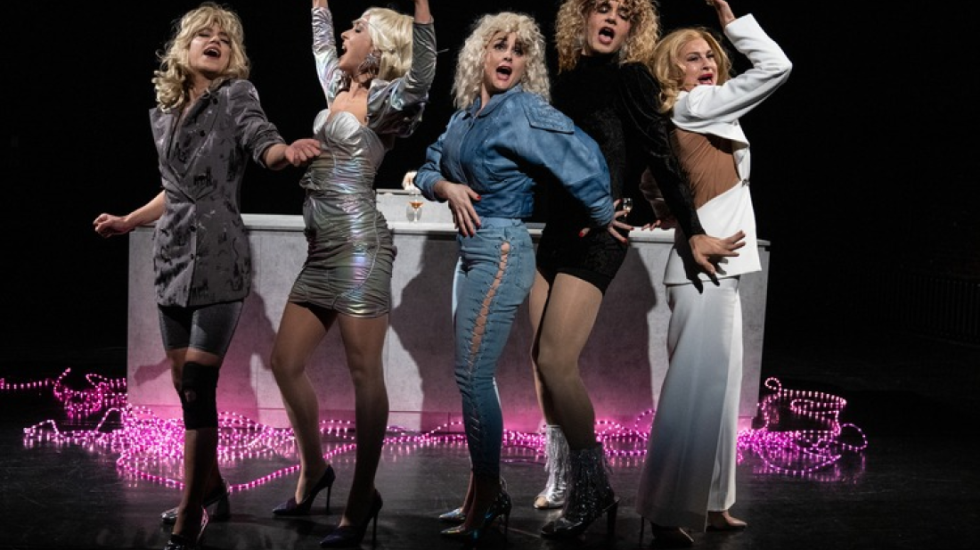






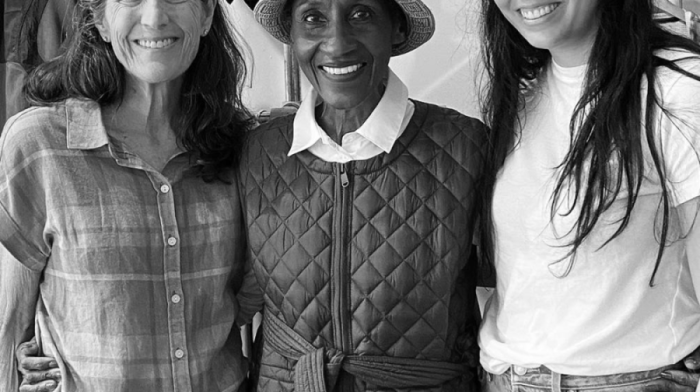

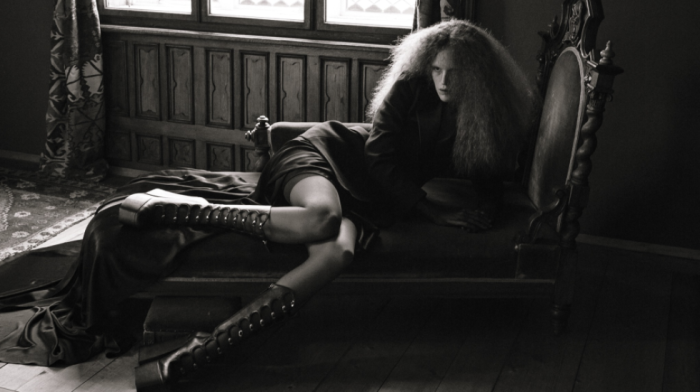
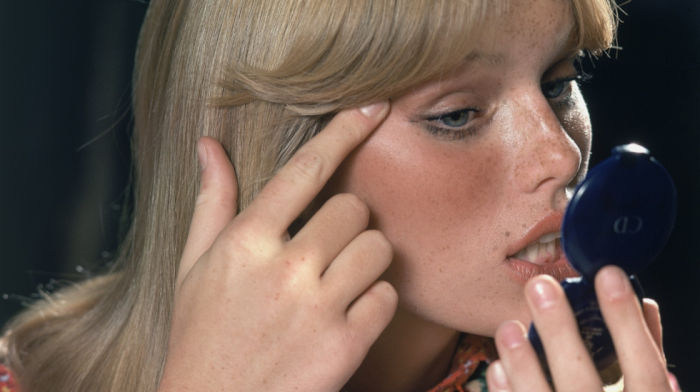





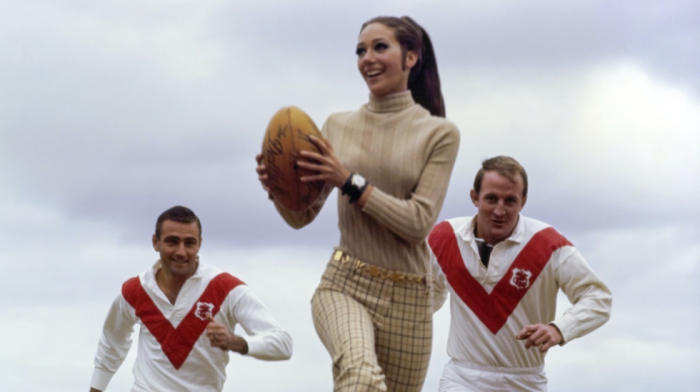

Comments (0)